So I just started tinkering with circuits online using circuits.io
First I made this circuit using 1.5v battery to power two LEDs which was insufficient and wouldn't glow. 
Then I removed and added a 9v battery without a resistor which was over-sufficient for the LEDs. 
Lastly, I added both of them (9v+1.5v) and that seems to power the LEDs sufficiently
I thought that in the last case they both would be overkill for the LEDs but that didn't happen. Don't the voltages get coupled when supplied in series?
*Doing something like this practically is a bad idea but I wanted to know theoretically so experimented this.
